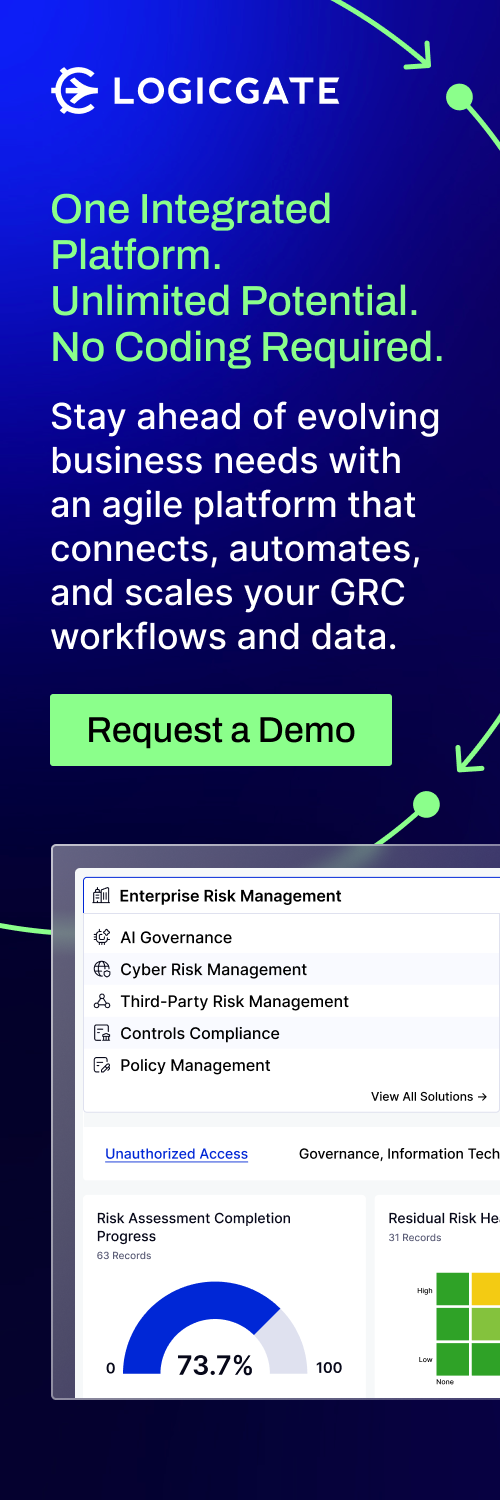Page 2 of 2
Approach
A 'layered' approach is a good start at thinking about how to inject projectization into the organizational culture. What I mean by 'layered' is that the organization can be segmented logically into groups that will require certain predetermined levels of knowledge and competency in project management in order to achieve projectization.
In an organizational breakdown, a first step would be to map a new project structure to the current organization structure. In all likelihood, it will need to accommodate portfolio level management of projects and programs, as well as management of the actual programs and projects. Where these might fall within the organizational structure will be somewhat unique in each case, but will provide an early picture that indicates some needs.
Next, it is important to identify the roles that all stakeholders will play within this envisioned project infrastructure. What roles, many of them new, will need to be supported, and what knowledge and competencies will be required. For each competency, there will need to be a strategy, and the overall strategy will represent an integrated approach across competencies. Examples of relevant competencies will include Progam Management, Project Portfolio Management, and Project Management. One strategy is to set up levels of competency within each of these roles, and these could include criteria related to experience as well as certification. Depending upon the organization, more specialty roles can be defined around other competencies such as construction management, IT project management, Business Analysis, Information Technology Infrastructure Library (ITIL), PRINCE2, and a myriad of other areas that might apply in an organization.
The key is to implement interaction and training for the various constituencies, and to make sure that training is aligned as a whole with organizational goals, and with the goal of feeding a projectized organization. Supplemental efforts can include training that helps smooth communication, collaborative sessions around achieving organizational goals, and unified awareness of stakeholder roles within the organization.
Measurement
Measurement of success can be tricky, especially since this is not at the outset an easy thing to measure! My suggestion is to initially measure progress in training or any other metric that you can initially track. As the program unfolds, metrics will emerge for measuring organizational progress. Some examples off the top of my head include: meeting metrics, project success metrics, cultural alignment metrics, project completion metrics, and project portfolio effectiveness metrics. Because clarity will come over time, it is a good practice to acknowledge that and keep the measurement fluid and let it unfold over time.
About the Author:
John Reiling, PMP is a project manager, business manager, consultant, and author. His web site Project Management Training Online provides online training in Project Portfolio Management, Program Management, PMP Certification Prep, and many related areas. John's blog is PMcrunch.com















